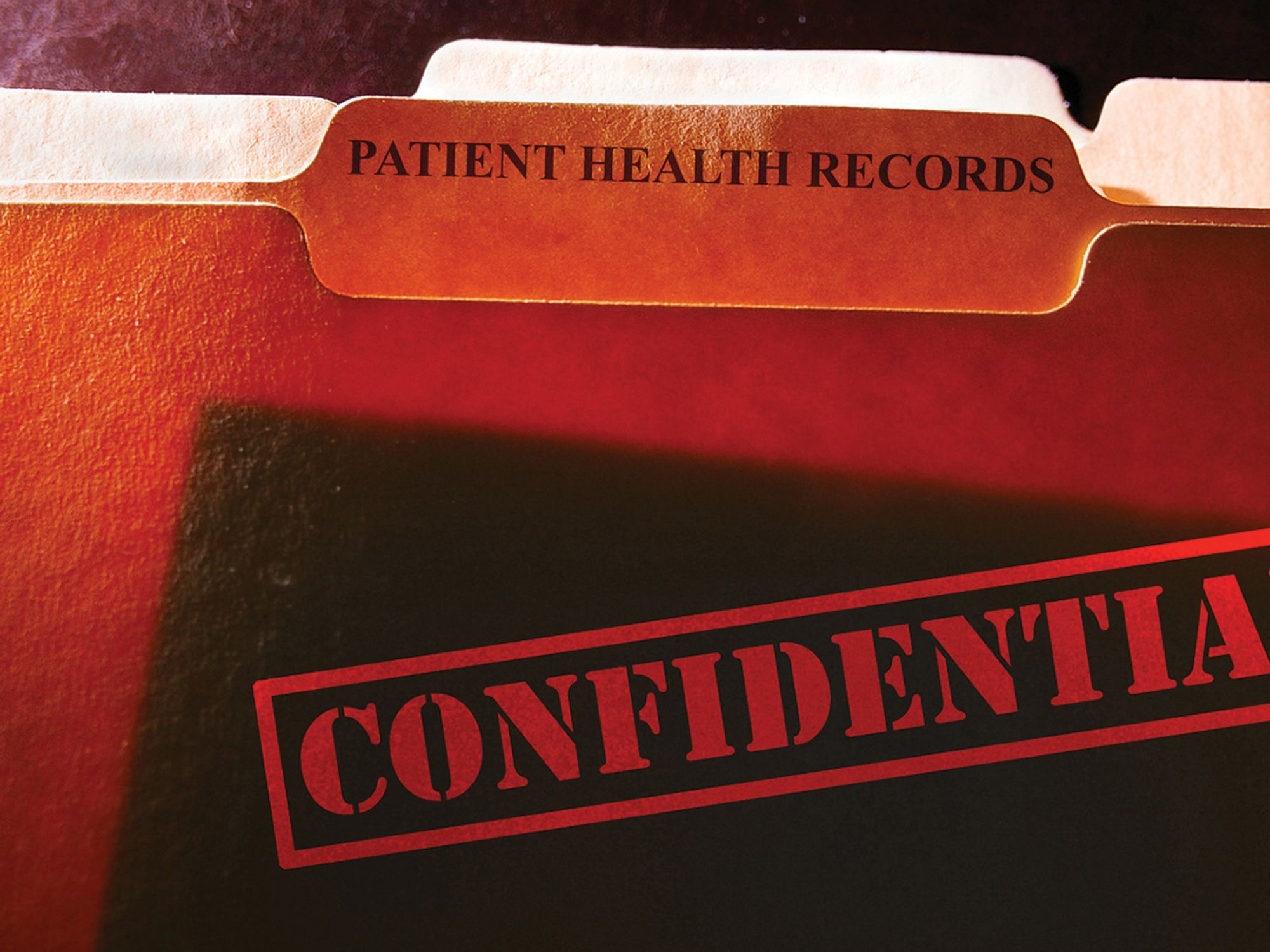Access and rights to access

- Employees must be notified of the existence, location, and availability of their medical and exposure records, and must be allowed to access such records in a reasonable amount of time.
At the time of initial employment and at least annually thereafter, employees must be told of the existence, location, and availability of their medical and exposure records. Additionally, employers must:
- Inform them of their rights under the access standard;
- Make copies of the standard available; and
- Inform them of who is responsible for maintaining and providing access to records.
The term “access” implies that access must be provided in a reasonable manner and place. If an employer can’t provide the material within 15 days after an employee’s request, the employer must state the reason for the delay and the earliest date when the records will be made available.
Responses to initial requests and new information that has been added to an initial request must be provided without cost to the employee or representative. Employers may:
- Give employees copies of the requested records,
- Provide the records and facilities for copying them, or
- Lend employees their records for copying offsite.
In addition, employers must make medical and exposure records available, on request, to Occupational Safety and Health Administration (OSHA) representatives to examine and copy.
Analyses using exposure or medical records
Employees may also access any analyses (compilations of data or statistical studies) of employee medical and exposure records that concern their working conditions or workplaces.
If an analysis includes information that could be used to directly or indirectly identify individual employees, the employer must remove these identifiers to the extent possible before permitting employee access to the analysis. Examples of identifiers include an employee’s name, address, Social Security number, and job title.
